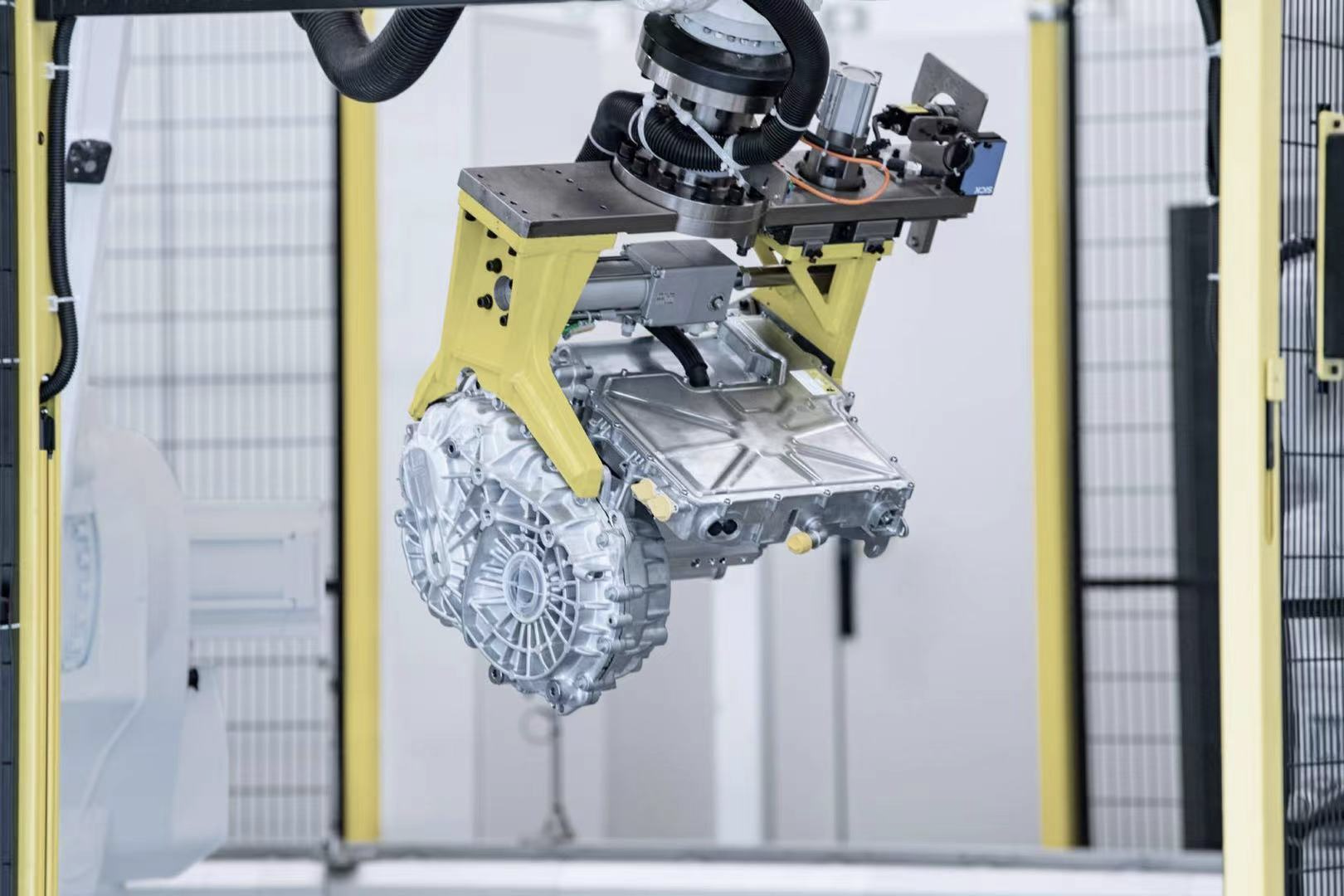On June 22nd, the first 180 kW SiC electric drive system C prototype of the NIO ET7 was officially released at the XPT factory in Nanjing. Here’s some background information:
- A sample: a prototype part designed at the initial stage, with manual samples, key dimensions required, short processing cycle, used for basic performance testing and mule car manufacturing;
- B sample: soft tooling manual samples, full size required, part materials and structures are consistent with mass production parts, but the molds are made of soft steel molds, used for design verification;
- C sample: hard tooling batch samples, molds and production lines have fully completed pre-mass production preparations, entering the PV production verification phase to verify production processes and procedures.
Therefore, the front motor of the ET7 can be said to be very close to mass production. The biggest highlight of this motor is the use of SiC technology.
Currently, the only models in mass-produced cars that use SiC Mosfet in the power control are Tesla Model 3 long-range model and BYD Han EV. Compared with traditional IGBT, SiC Mosfet is more resistant to high temperatures, and the maximum current carrying capacity under the same volume can be increased by 30%, which can adapt to a wider range of voltage platforms, while reducing overall energy consumption and improving endurance ability.
The main reason why this technology has not been widely used is the cost. Although SiC Mosfet can improve endurance, its extra cost compared to IGBT doesn’t provide a significant advantage when it is applied to the battery, so car companies rarely use it proactively.
Tips: The function of SiC Mosfet and IGBT is to convert DC power in the battery into AC power required by the motor.
🔗Source: [Official NIO website]()
This article is a translation by ChatGPT of a Chinese report from 42HOW. If you have any questions about it, please email bd@42how.com.
